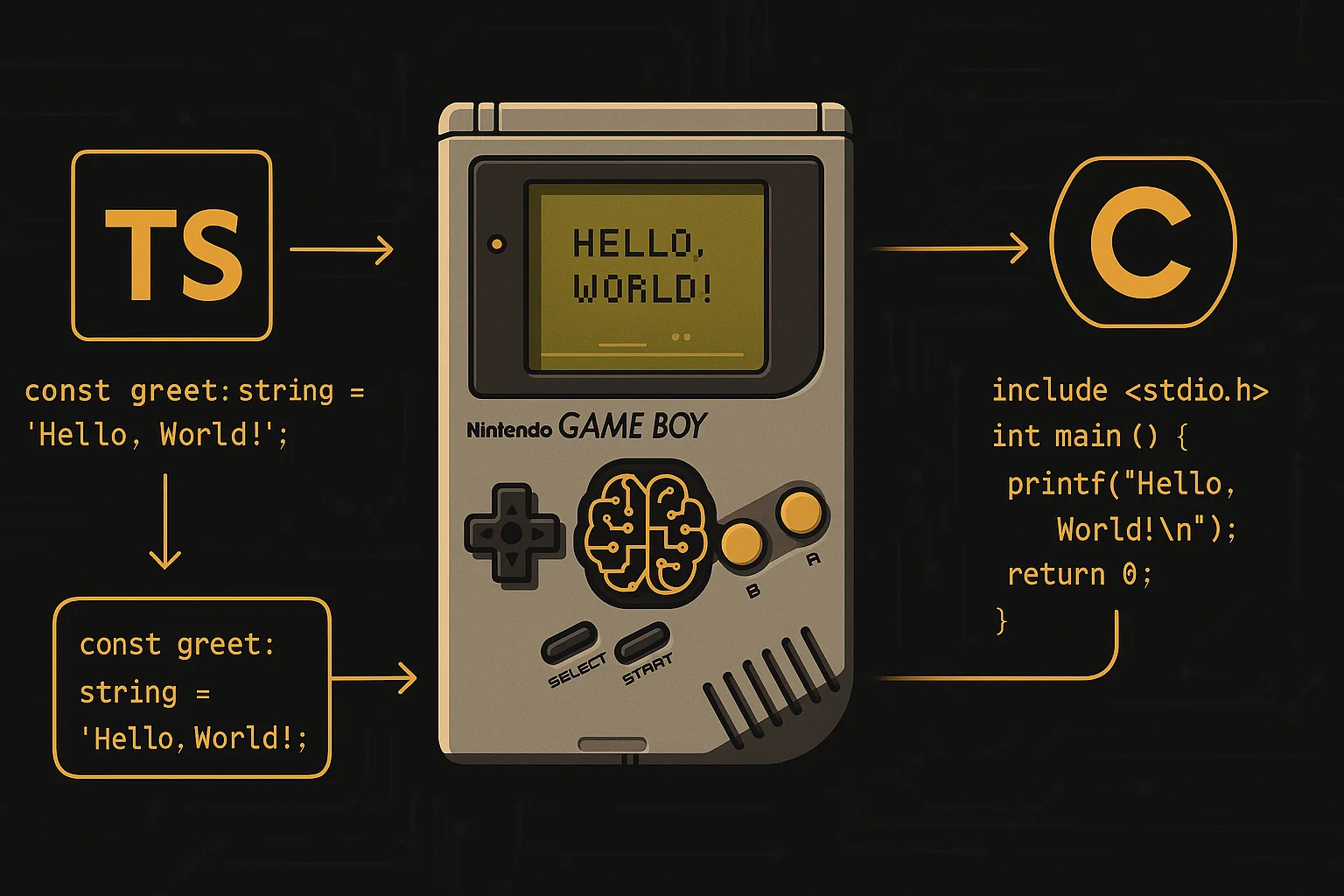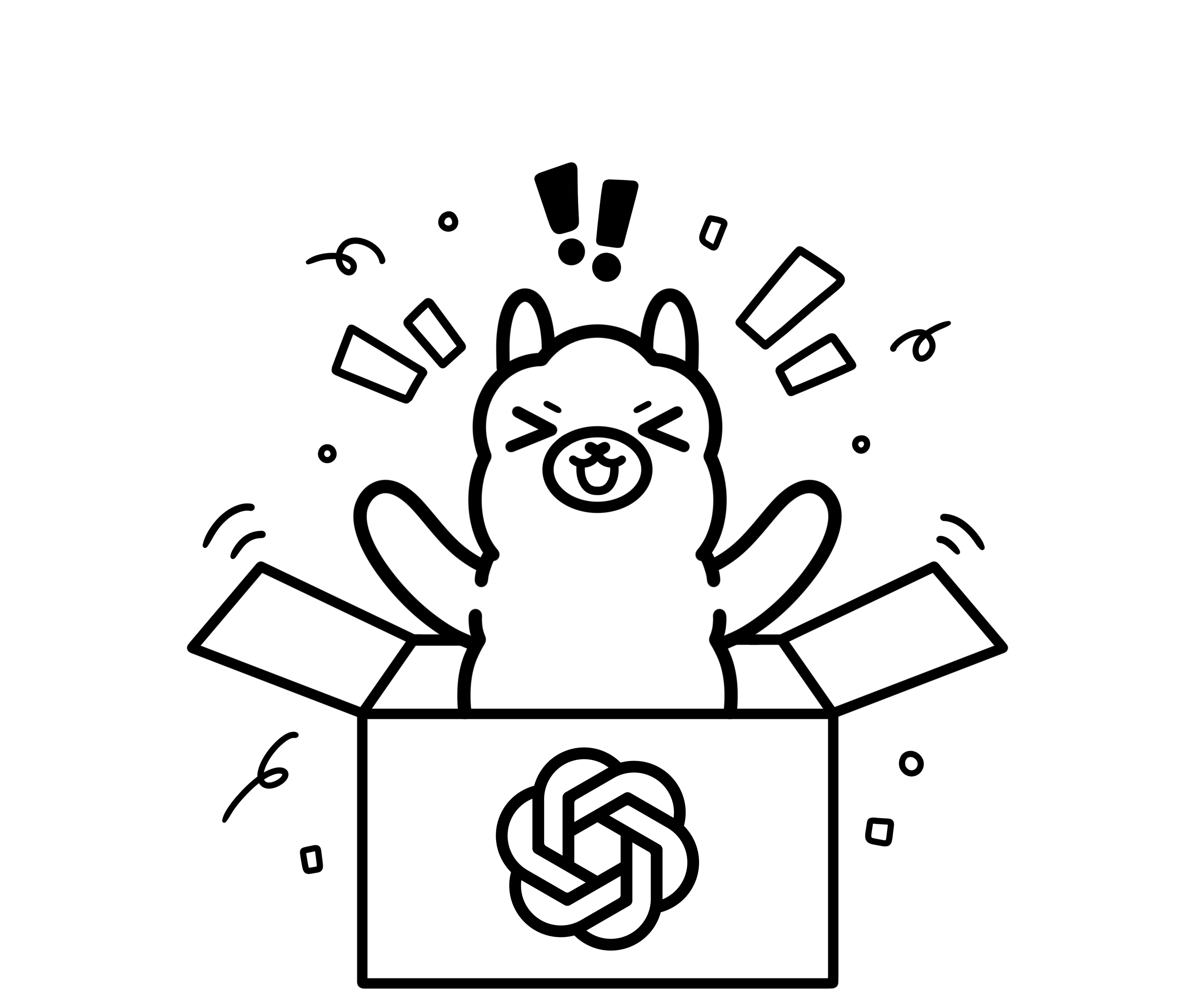The technology world was shaken this week by the explosive statements from Sam Altman, CEO of OpenAI, who openly admitted that the artificial intelligence industry is experiencing a major speculative bubble period.
Sam Altman’s Confessions
In a recent interview, Sam Altman didn’t mince words regarding the current state of the AI sector. He explained that this bubble results from “excessive investor enthusiasm for technology” and that the consequences could prove particularly severe.
“When bubbles form, smart people get excessively excited about a grain of truth”
This declaration marks a notable turning point in the executive’s discourse, who has also revised his position concerning AI’s impact on developer employment. Contrary to his previous predictions, he now states that “the world might need more developers and software.”
Immediate Market Reaction
Financial markets reacted with striking brutality to these declarations. On August 19, 2025, AI-related stocks suffered significant corrections:
Major Recorded Declines
- Palantir: -9% (fifth consecutive day of decline)
- Symbotic: -8%
- Super Micro Computer (SMCI): -5.68%
- Advanced Micro Devices (AMD): -5.44%
- Nvidia: -3.49%
- Meta Platforms: -2.06%
- Tesla: -2%
- Amazon: -1.51%
- Microsoft: -1.37%
- Alphabet (Google): -0.91%
The S&P 500 index declined by 0.6% while the NASDAQ Composite, particularly exposed to technology stocks, dropped by 1.5%.
The Hidden Reality of AI Projects
Altman’s statements find a troubling echo in a recent MIT report that reveals alarming statistics about the real effectiveness of artificial intelligence projects in enterprises.
Critical Failure Rate
The report indicates that 95% of generative AI pilot projects in enterprises fail, primarily due to:
- Internal development difficulties
- Vague and poorly defined objectives
- Poor quality data
- Excessive enthusiasm without technical foundation
In contrast, ready-to-use tools offered by specialized vendors show a more acceptable success rate, ranging between 20 and 30%.
The “Fake AI” Phenomenon
Even more troubling, some companies rely on humans behind the scenes to simulate AI, revealing the extent of disconnection between marketing promises and technological reality.
Historical Comparison: Internet Bubble vs AI Bubble
Torsten Slok, Chief Economist at Apollo Global Management, draws a worrying parallel with the Internet bubble of the 2000s, stating that “the current AI market bubble is even more extensive than the dotcom frenzy of the late 1990s.”
Comparative Analysis: Pets.com vs CoreWeave
This comparison takes on its full meaning when examining the figures:
Pets.com (2000)
- Maximum market value: $410 million (February 2000)
- Bankruptcy declared within 12 months
CoreWeave (2025)
- 30% drop between August 11-13
- Capitalization loss: $23 billion
CoreWeave’s market capitalization loss represents approximately 56 times Pets.com’s maximum market capitalization, illustrating the disproportionate magnitude of the current bubble.
Massive Investments Without Profitability
One of the most concerning characteristics of this bubble lies in the fact that Big Tech companies are pouring billions into AI without clear profitability prospects. This situation could lead to “a significant market correction” if expectations are not met.
The stakes are all the more critical as technology giants represent a significant portion of the U.S. stock market value, with their profits and market domination making them pillars of retirement portfolios and pension funds.
Expert Perspectives: A Predicted Crash?
Erik Gordon, Professor of Entrepreneurship at the Ross School of Business, University of Michigan, doesn’t hesitate to call the AI boom a “speculative bubble of an order of magnitude superior” to that of the dotcoms.
According to his projections, “more investors will suffer than during the dotcom crash, and their suffering will be more painful” in case of an AI bubble burst.
Historical Reference Data
The Internet bubble burst offers a glimpse of potential damage:
- 2000: S&P 500 down 9%
- 2001: Drop of 12%
- 2002: Collapse of 22%
This period saw numerous startups file for bankruptcy and thousands of technology sector workers lose their jobs.
Conclusion: Between Innovation and Speculation
Sam Altman’s statements may mark a turning point in financial markets’ perception of AI. While artificial intelligence remains undeniably a revolutionary technology with immense potential, the disconnection between current valuations and the reality of concrete applications raises legitimate questions.
Investors and companies would do well to keep in mind that genuine technological innovation requires time, targeted investments, and realistic objectives - elements that sometimes seem forgotten in the current AI market euphoria.
Sources:


